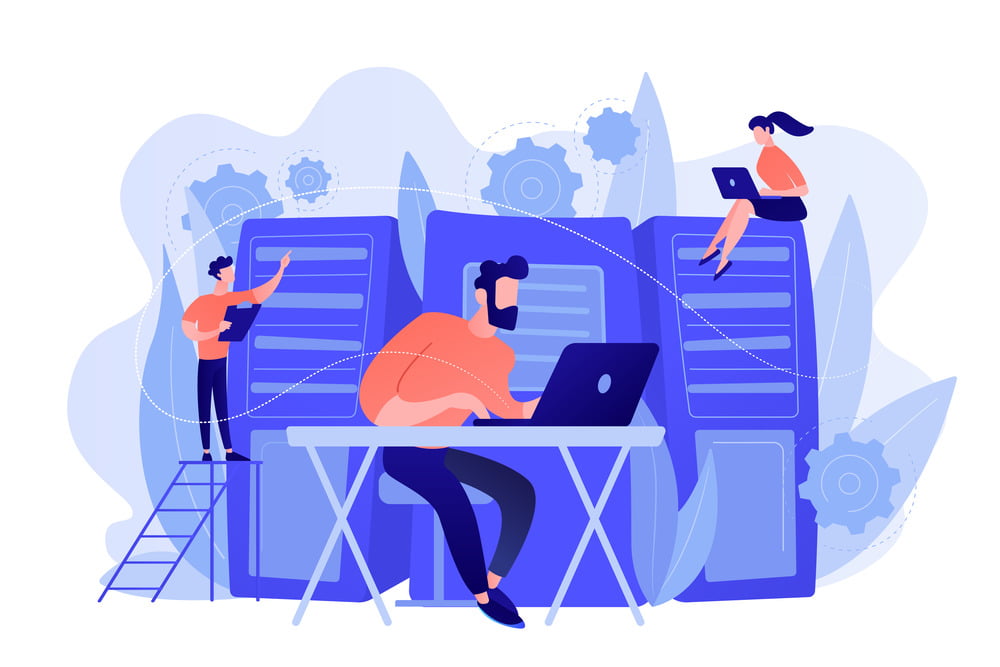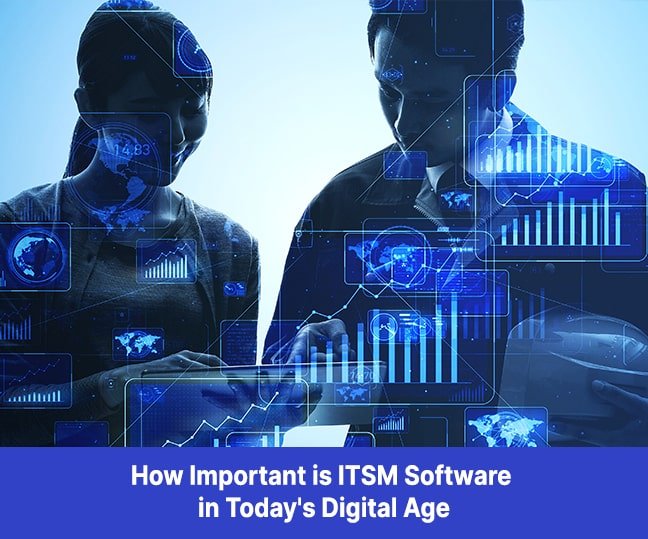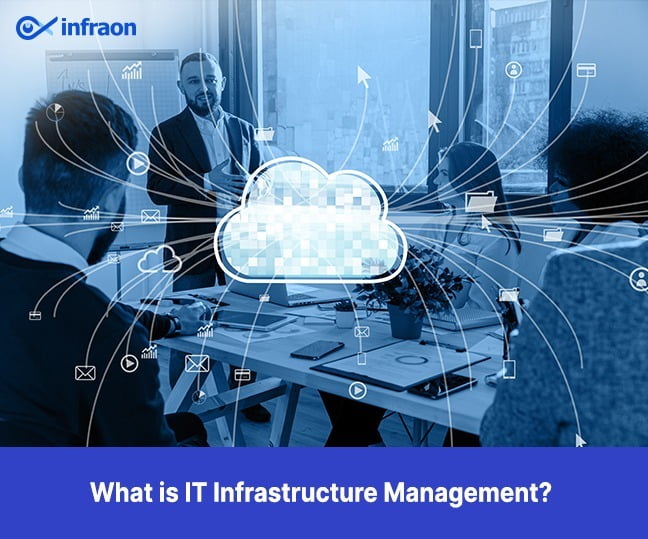IT infrastructure was often thought of as the support system of organizations. Before 2020, most IT-related investments were planned to keep up with the competitors or technology. However, these plans were executed only if the yearly budget allowed it. Covid-19 was an eye-opener for such organizations. The pandemic made businesses realize that IT was no more a support system. It was holding up the business and, in some cases, saved them from going out of business.
Two years later, we are still learning to live with the uncertainties caused by the pandemic. Organizations of all sizes and sectors have steadied up operations and are looking for new ways to expand. Many have realized that the infrastructure needs to keep up as they grow and technologies demand. However, infrastructure improvement is a business idea. Not tech-driven. Upgrade infrastructure to suit what’s tending would be a blunder and may cause more damage. Instead, businesses must identify the gap between the goals and infrastructure requirements and look for more innovative solutions to bridge the gaps.
How can you move toward better IT efficiency?
Bridging infrastructure gaps aren’t a single-day task. This must be executed in steps to ensure a secure and smooth transition.
The first step toward efficient IT infrastructure is standardization. Standardization alleviates a variety of issues that contribute to inefficiency. Streamlined processes help you reduce Op-Ex, maintain enhanced uptime, quicker deployment, better management of assets, and high productivity levels. These, in turn, help you get better control over a secure and compliant infrastructure.
Another critical part of standardization is Asset Control. Standardization of assets helps organizations to manage assets better across multiple stages of the asset lifecycle.
The second step is to simplify. Simplified IT Infrastructure leads to streamlined and consistent processes. Businesses that use multi-tier architectures of network, servers, and storage solutions cause repetitive work while deploying, monitoring, upgrading, and management. Since the skill set required for each product is different, businesses hire more resources to manage. An intelligent solution is to bring in an integrated ITSM software to simplify servicing, provisioning, troubleshooting, and upgrading.
The third step would be to automate. Multiple monotonous and repetitive tasks are performed in your business’s administration and operation. Such processes can be identified and automated. This frees up employees, saves time, and reduces manual error. More considerable advantages include low implementation costs and shorter upgrade times, lower operational expenses, lower risks, and more time and resources to spend on business initiatives.
The fourth step is to integrate technology. Following identification, you must seek out IT solutions that will assist in achieving your objectives. Select solutions that can support the current organizational needs while allowing scalability for future expansions. New solutions must be assessed carefully and evaluated to find suitability and room for enhancements through multiple steps. You must consider the implementation time too. While advanced technologies give a competitive edge, keep in mind that they might have an extended implementation and training period.

Challenges IT Operations face with legacy IT Infrastructure
Businesses are often comfortable with the existing IT infrastructure setup. Though it may work for them in the short term, there are a number of challenges that they may face in the future. These challenges include:
Missed Service Levels: IT Operations are needed to deliver in accordance with management goals. They rely on the infrastructure for the flow of work and information across applications, servers, tools, and teams. With legacy or on-premise IT infrastructures, the operation team is unaware of the complete setup. This causes a gap between expectations and delivery and may impact service levels.
Increased Cost: Businesses usually use multiple tools to address multiple pain points of daily operations. Based on the industry type, some businesses may have a list of mandatory tools. Some of these applications/ tools need to be monitored constantly for performance. In addition to these costs, employees must go through special training to keep up with these applications/tools.
Data Loss: If organizations are following a hybrid model, where some tools are deployed on-premises and some are on the cloud, these tools must have a way of communicating with each other. When tools/applications are not in-sync, information and workflows are affected. There are high chances of data loss/misinterpretation while handled manually. Data loss is irreversible at times.
Thereby when IT Operations cannot rely on infrastructure support, they lose control. Teams are siloed, and work is hindered. They need an integrated solution that can bring synchronization across processes, applications, tools, and teams.
Conclusion
While businesses are trying to get back to normalcy, the effects of the pandemic and the changes it caused to day-to-day operations will take a long time to get used to. Being on top of the IT Infrastructure game can give them an edge in bridging this gap. Investing in an IT Operations Management solution can help businesses save a lot even if they pay for IT infrastructure Management services. It enables them with added intelligence to make informed business decisions, decreases the possibility of IT IT-related risks, and increases overall efficiency and productivity.














